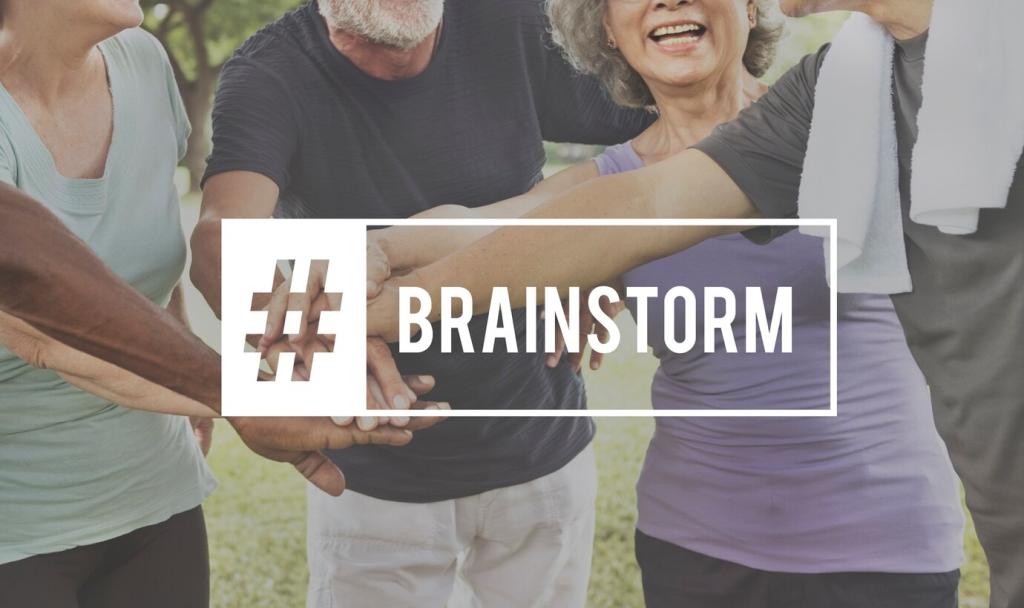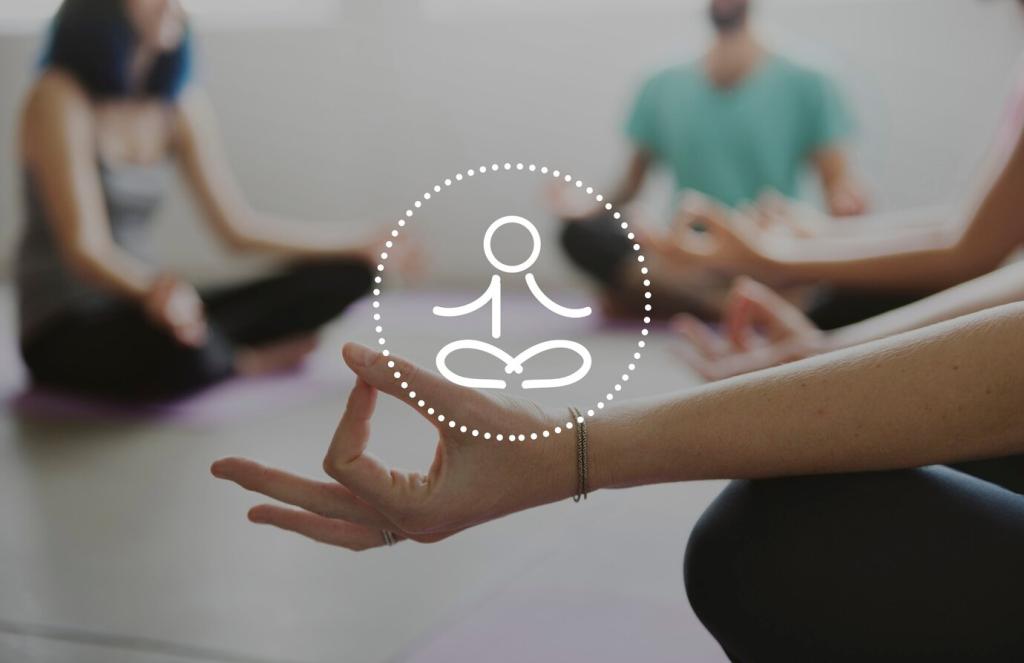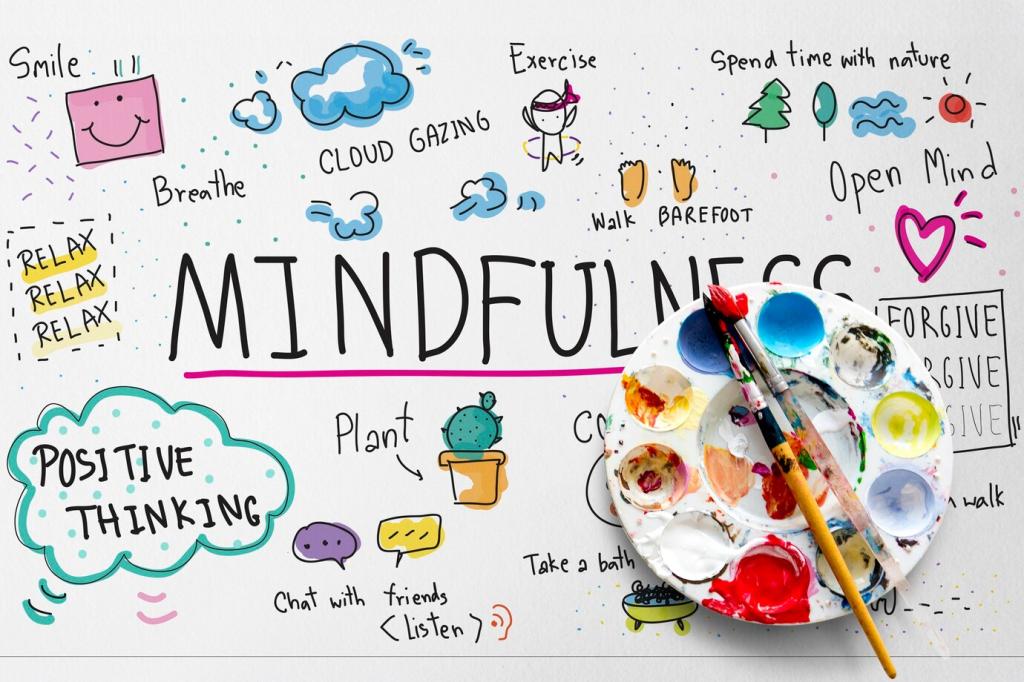Mindful Listening at Work
Open meetings with a one-minute silent reset, then clarify the purpose in one sentence. Rotate a “listener lead” who tracks tone and energy, not just tasks. You will notice fewer interruptions, faster decisions, and quieter voices gaining courageous space to contribute.
Mindful Listening at Work
Start feedback by summarizing the other person’s intent and constraints. Ask, “What feels most important to hear right now?” Then offer specifics tied to shared goals. This framing shifts conversations from blame to partnership, where improvement becomes a joint, humane experiment.








